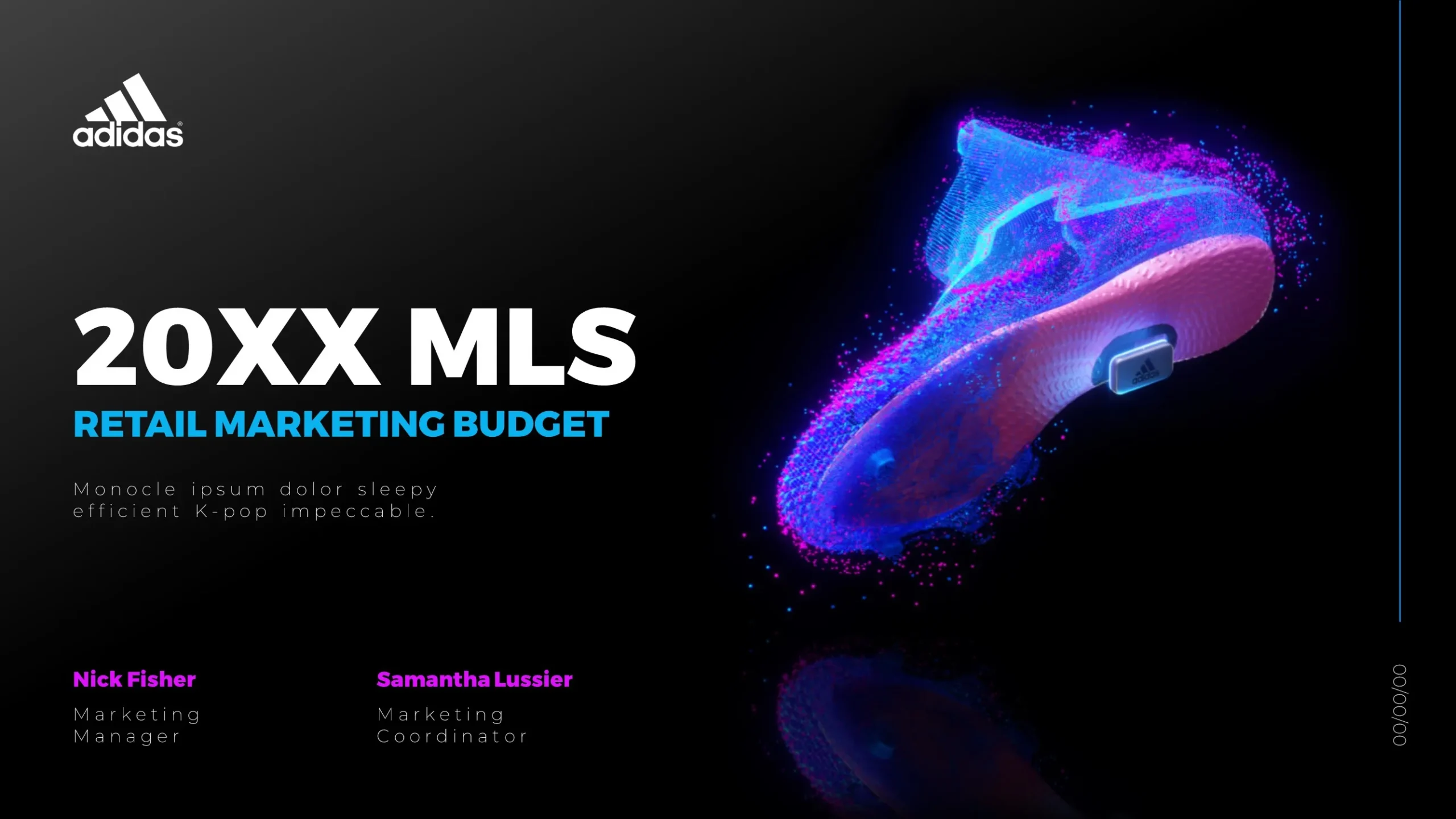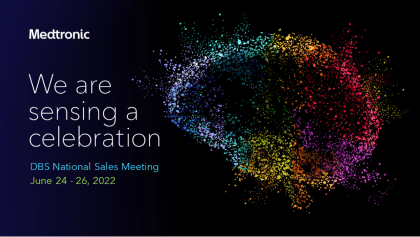Effective infographic design plays a crucial role in enhancing omnichannel engagement strategies, particularly in the life sciences sector. By distilling complex data into visually appealing and easily digestible formats, infographics facilitate clearer communication of vital information. This is especially important in a field where intricate scientific concepts often need to be conveyed to diverse audiences including healthcare professionals, patients, and regulatory bodies.

Infographics help bridge the gap between detailed research findings and actionable insights by utilizing graphics that highlight key statistics, trends, or processes. This visual representation makes it easier for stakeholders to understand critical data at a glance while maintaining engagement across multiple channels such as websites, social media platforms, presentations at conferences or webinars.
An effective infographic can also foster better retention of information—an essential factor when dealing with educational materials about new treatments or drug developments. By integrating storytelling elements within the design—such as narratives that guide viewers through their medical journeys—infographics can create an emotional connection with the audience which further enhances brand loyalty and trust.
Moreover, infographics are versatile; they can be adapted for use on various platforms from print materials like brochures to digital formats suitable for emails or social media posts ensuring consistent messaging throughout all touchpoints of an omnichannel strategy. This adaptability not only strengthens brand visibility but also ensures that critical health communications reach target audiences effectively regardless of how they access their information.









